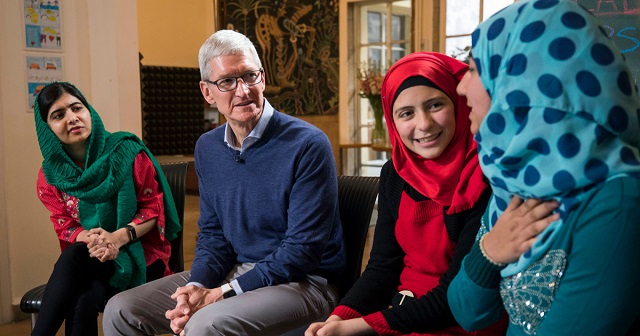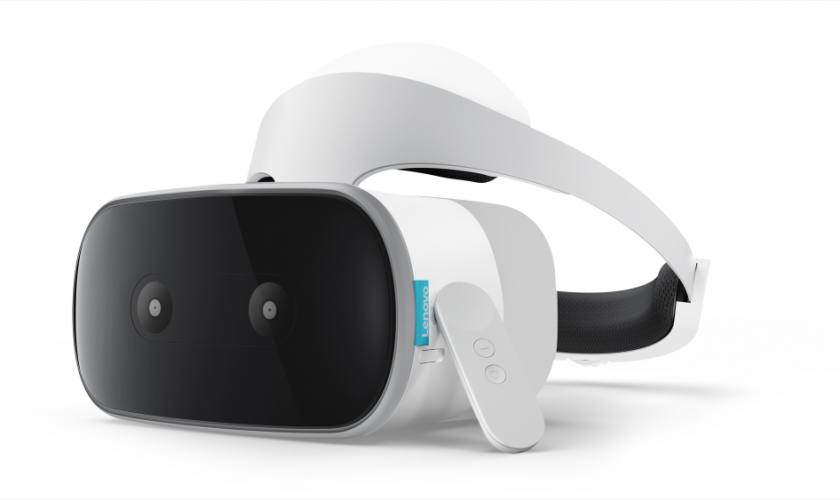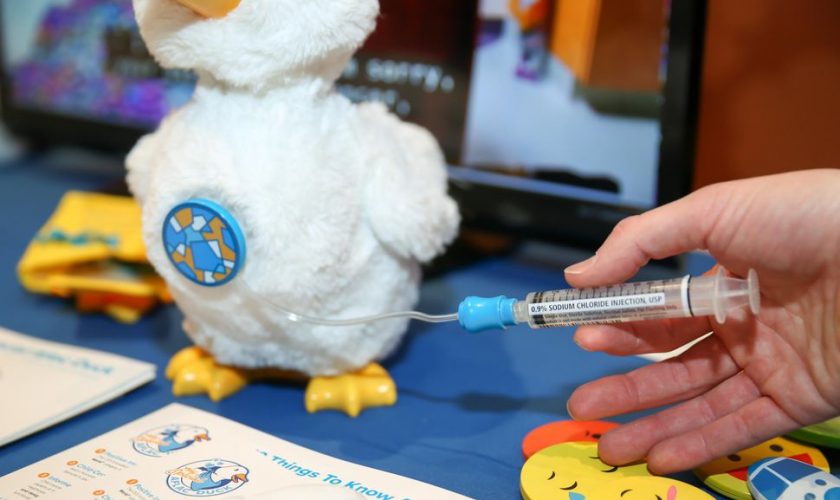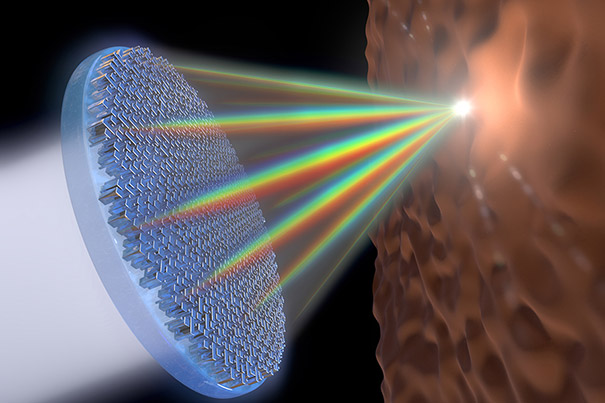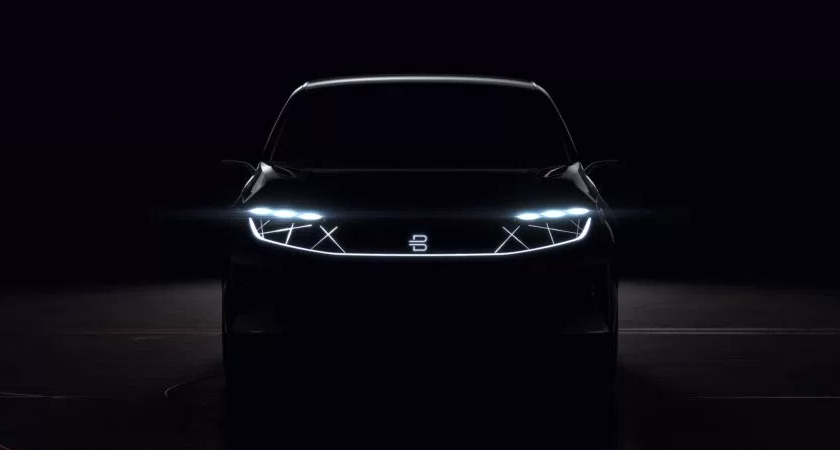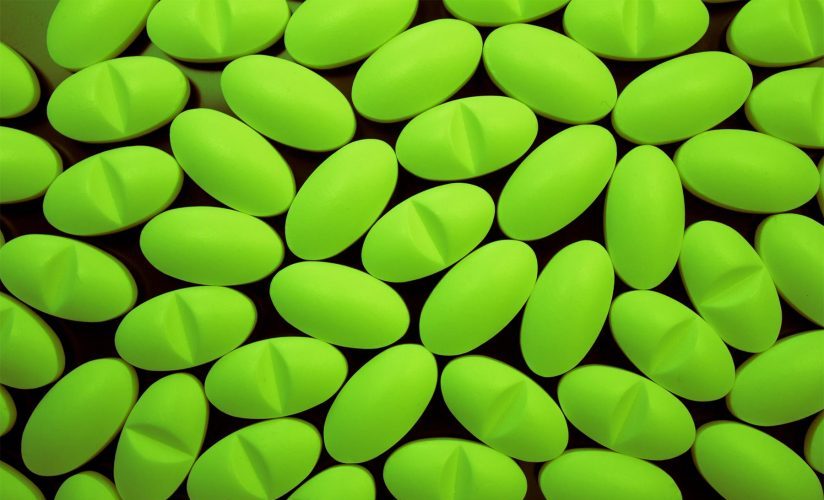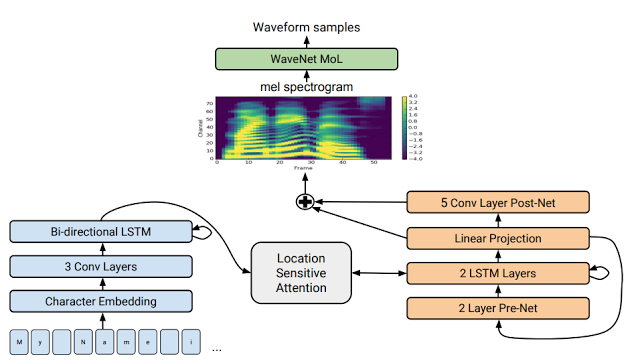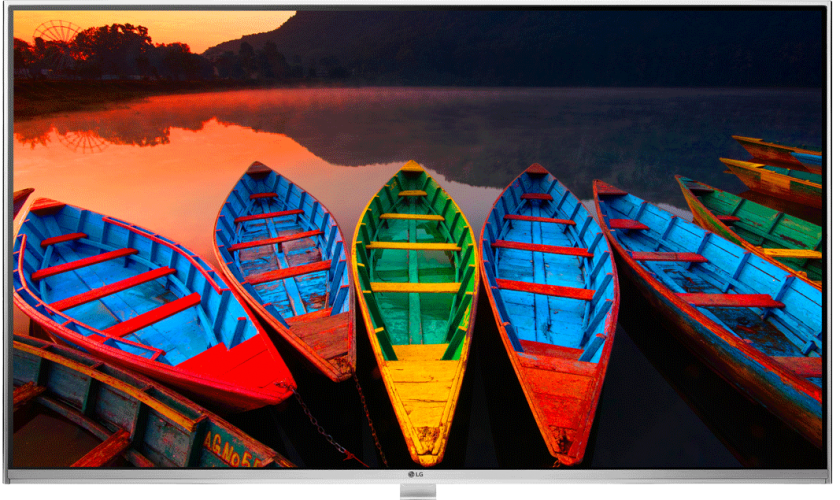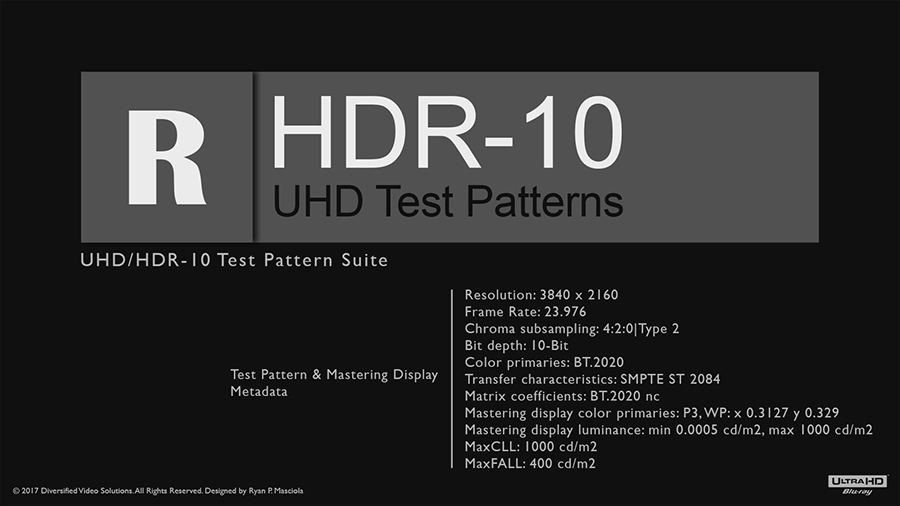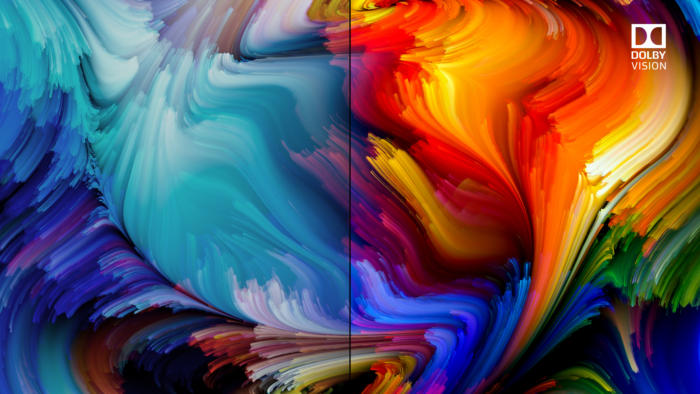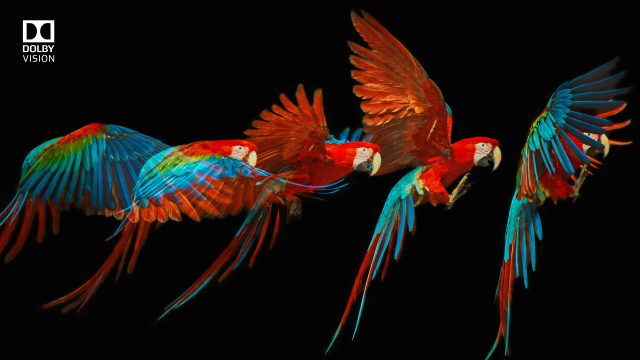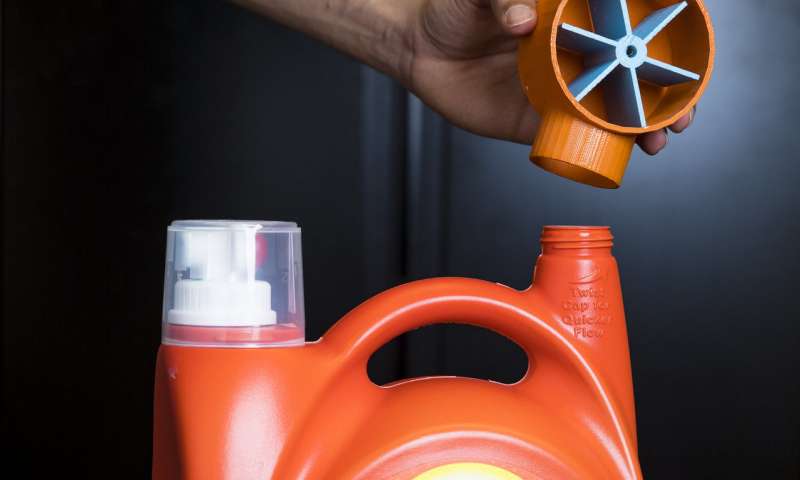Apple in Partnership with Malala – Education Funding Program
Apple has announced its partnership with Malala Yousafzai together with her non-profit organisation on the Malala Fund. This has been taken up for the purpose of extending education funding programs to India and Latin America.
With the support of Apple as the first Laureate Partner in funds, the Malala Fund has a primary objective of extending secondary education prospects to over 100,000 girls. The Malala Fund had been established in 2013 by the activist of Pakistan as well as Nobel Peace Prize laureate Malala Yousafzai, partners with governments together with organizations all across the world to fight for the right of every girl to have access of 12 years of free safe as well as quality education.
Apple’s fund’s first Laureate partner with Tim Cook – CEO, would be joining its leadership council. Cook had mentioned in a statement that they were of the belief that education tends to be a great equalizing force and they share Malala Funds’ commitment in providing every girl with an opportunity of going to school. He had mentioned in an interview with Good Morning America released recently that this is precisely what Apple loves to work on and is something which everyone is saying is impossible’.
Scaling Malala Organization
He praised Yousafzai’s depth of humanity and courage with a big `C’. He stated that Malala is a courageous advocate for equality. She is one of the most inspiring figures of our time and we are honoured to help her extend the important work she is doing in empowering girls around the world. This partnership also means that the Malala Fund would be capable of expanding the number of grants it tends to distribute through its Gulmakai Network which is said to assist local educators together with the activist in developing countries.
They tend to deal with various threats with regards to the education of girls such as war, gender discrimination and poverty. Presently the network tends to assist programs in Afghanistan, Lebanon, Nigeria, Pakistan and Turkey. Apple would be scaling up the organization through this partnership by supporting with technology, curriculum as well as research into policy modifications.
Malala Fund Mission – Bringing a Change
Apple has not disclosed the size of its financial commitment to the non-profit and the representative of Apple had not responded to a request for comment. Yousafzai 20 years of age had begun supporting for human rights as a child when the local Taliban had banned education for girls in her vicinity. She began gaining international recognition in 2012 and also faced death when a Taliban militant shot her in head. However instead of retreating, the activism of Yousafzai increased all the more. She is said to be the youngest Nobel Laureate.
She mentioned in a statement that Apple had supported in educating and empowering people around the world and that she was grateful that Apple knows the value of investing in girls and in joining Malala Fund in the fight ensuring that all girls can learn and lead without fear.
She further mentioned that her dream for every girl is to choose their own future. As per a 2016 report by UNESCO, an estimated 130 million girls all over the world are out of school and Malala Fund has made it its mission to bring about that change.







